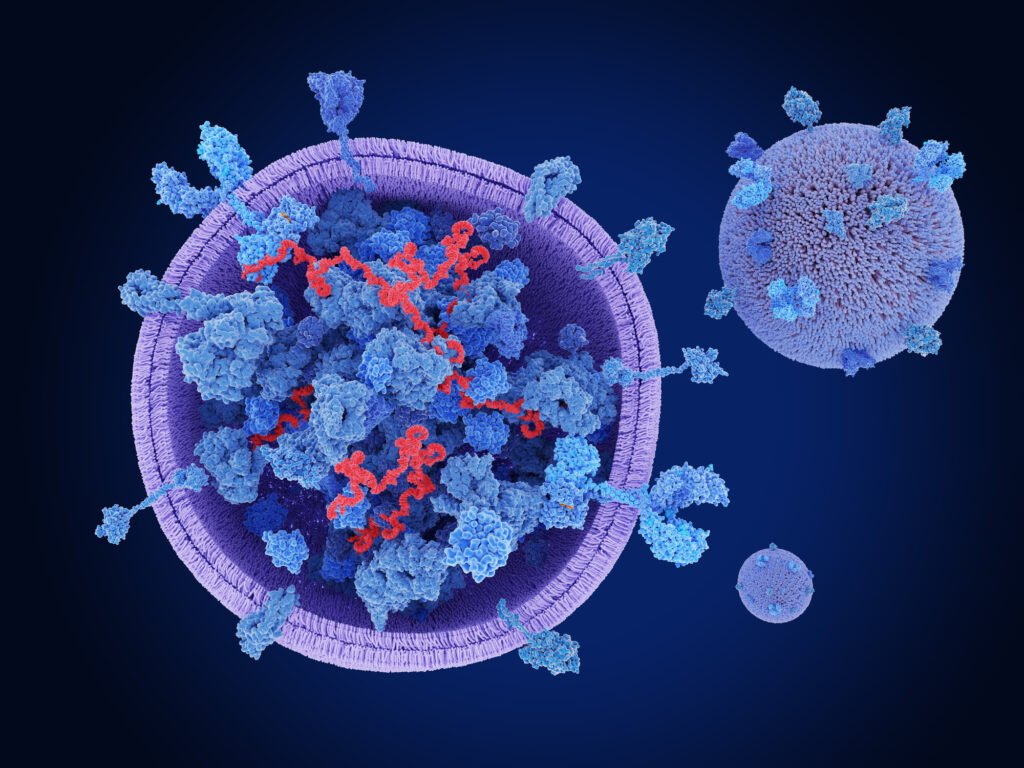Dry eye disease (DED) is a complex and multifaceted condition affecting the lacrimal system, leading to a range of symptoms such as itching, inflammation, discomfort, and visual impairment. In its most severe manifestations, DED can cause significant damage to the vital tissues of the lacrimal functional unit, potentially resulting in vision loss. Despite its prevalence, effective curative treatments for DED remain elusive, prompting researchers to explore innovative therapeutic approaches.
A recent review article sheds light on the potential of stem cell-derived therapies in addressing DED, particularly through the use of secreted factors and extracellular vesicles. These treatments have shown promising effects in various ocular surface diseases, offering a glimmer of hope for patients suffering from DED.
The authors of this insightful review, Jilu Jaffet, Vivek Singh, Stefan Schrader, and Sonja Mertsch, delve into the mechanisms by which stem cell-derived exosomes may serve as a therapeutic strategy against lacrimal gland dysfunction and associated dry eye disease. The review highlights the regenerative properties of these exosomes, which carry bioactive molecules capable of promoting tissue repair and mitigating inflammation on the ocular surface.
In the context of DED, the lacrimal functional unit plays a crucial role in maintaining a healthy ocular surface. Damage to this unit can result from various factors, including environmental stressors, prolonged screen time, and underlying medical conditions. The review emphasizes the importance of targeting the root causes of DED rather than merely alleviating symptoms.
The exploration of stem cell-derived therapies marks a significant advancement in the field of ophthalmology. As researchers continue to uncover the intricate pathways involved in DED, the potential for developing effective treatments grows. This review not only provides a comprehensive overview of the current state of research but also encourages further investigation into the application of stem cell-derived exosomes as a viable therapeutic option for patients suffering from dry eye disease.
In conclusion, the journey to finding effective treatments for dry eye disease is ongoing, with exciting developments on the horizon. The work of Jaffet, Singh, Schrader, and Mertsch offers valuable insights into the promising role of stem cell-derived therapies in ocular surface repair, paving the way for future research and clinical applications that may ultimately improve the quality of life for those affected by this debilitating condition.


